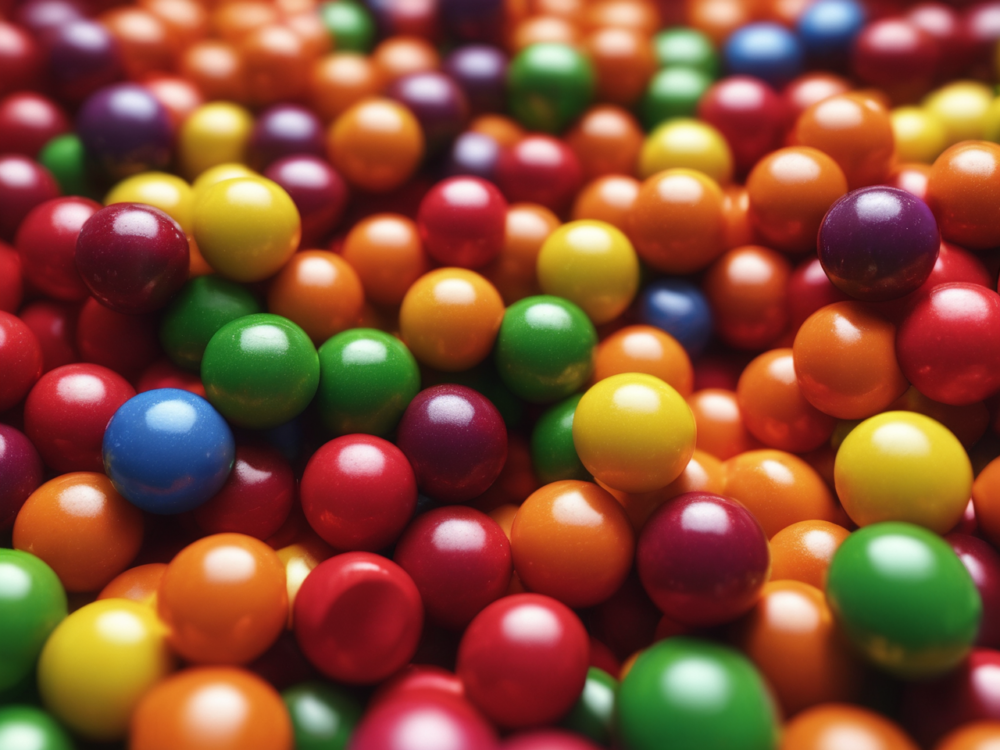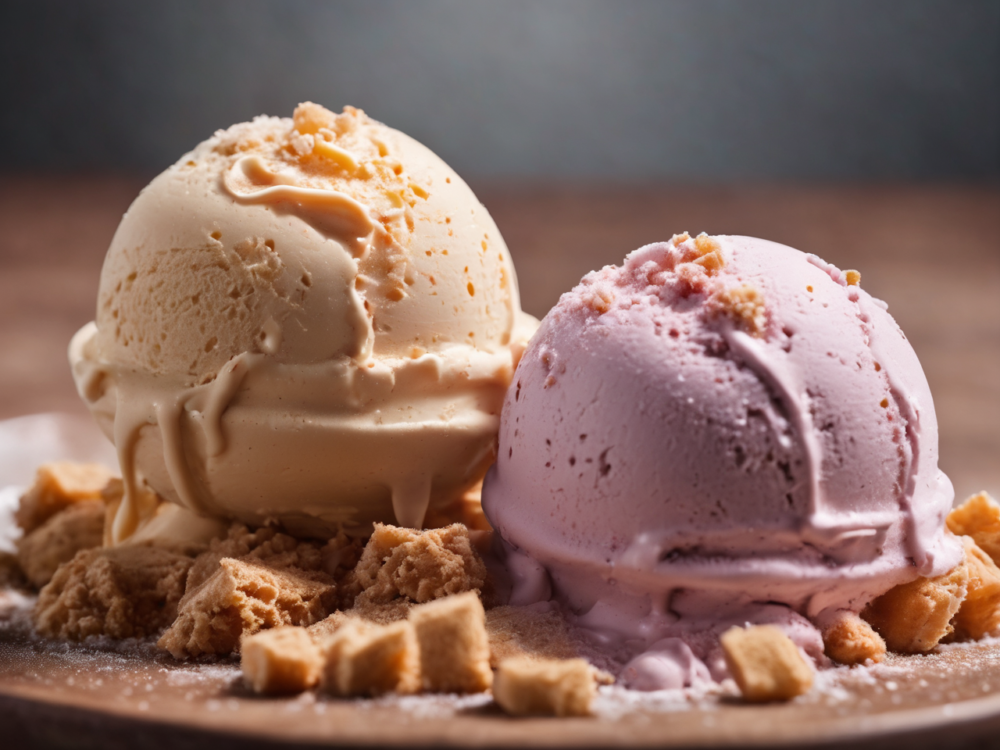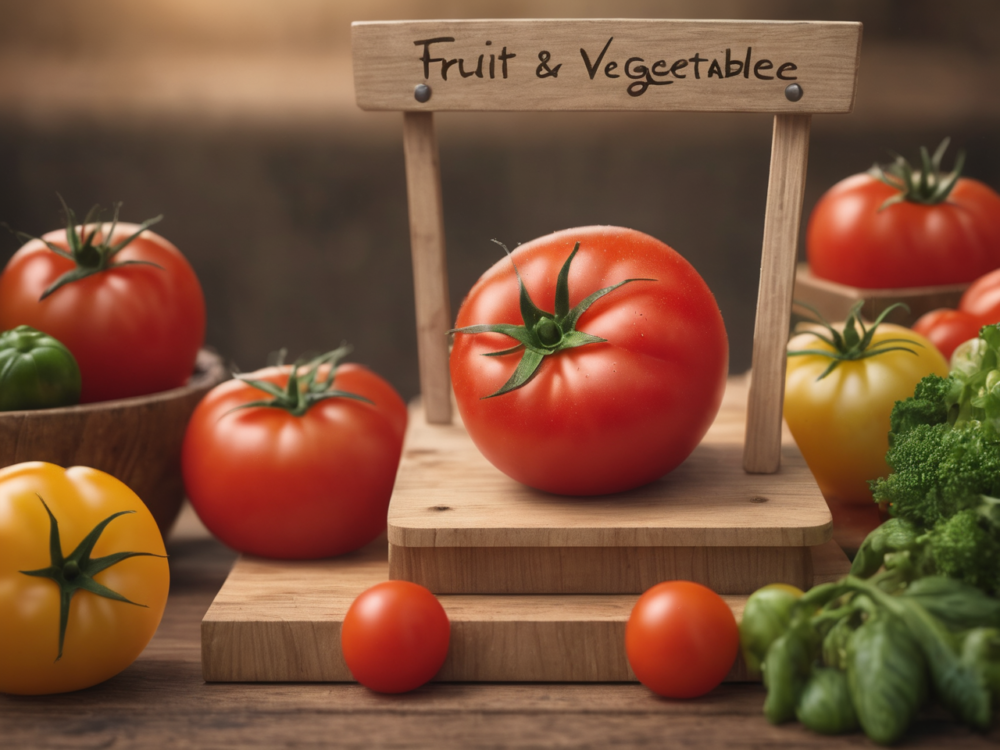Potatoes are undoubtedly one of the most delicious carbohydrate-rich foods when cooked, especially when they’re fried (who can resist French fries?). Cooked potatoes have a unique umami flavor, which is often described as brothy, meaty, and savory. Umami is the fifth basic taste, alongside sweet, sour, salty, and bitter, and is associated with foods like seaweed, meat, mushrooms, aged cheeses, and tomatoes.
Studies have identified over 220 aromatic molecules that contribute to the flavor of cooked potatoes, making them a culinary favorite. Whether they’re boiled, fried, mashed, or roasted, potatoes can bring out their best flavors. However, there’s one important step that’s commonly recommended for cooking potatoes: soaking them in water. Soaking serves several beneficial purposes, and in this article, we’ll explore the science behind it.
Soaking Potatoes: Removing Excess Starch
When we cut potatoes into smaller pieces for cooking, we expose their components, including starch, which makes up about 16% of a typical raw potato’s composition. Starch is a complex carbohydrate composed of long chains of sugar molecules. Excess starch, when not removed, can interfere during the cooking process, causing potato slices to become sticky on the outside.
One type of starch found in potatoes is amylose, responsible for the gluey texture in mashed potatoes. In the presence of water, amylose molecules break down. During washing and soaking, what we’re primarily removing is excess amylose. If not removed, excess amylose can lead to uneven cooking, as heat causes starch to swell in a process called gelatinization. This can make potatoes more likely to stick together.
Proper soaking, typically in cold water, prevents this from happening and results in potatoes that cook or fry much better—crispier and not sticky. It’s essential to use cold water because soaking in hot water can activate the starch, defeating the purpose of removing it.
Soaking to Reduce Acrylamide Formation
Acrylamide is a compound that forms in foods when they are cooked at temperatures around 284°F (120°C). It results from the Maillard reaction, a complex chemical process that occurs when amino acids (like asparagine) and reducing sugars react at high heat. Acrylamide has been found in various foods, including potatoes, biscuits, cereals, and coffee.
Acrylamide is of concern because it’s potentially carcinogenic, although its full impact on the human diet is still not fully understood. Efforts have been made to reduce acrylamide levels in various foods, and the FDA recommends cooking foods until they are golden yellow, as foods cooked to a brown or darker color tend to contain more acrylamide.
One way to reduce acrylamide formation in potatoes is to soak them in water before cooking. The FDA suggests soaking potatoes for 15 to 30 minutes as a sufficient step to reduce acrylamide levels during cooking. A study published in the Journal of the Science of Food and Agriculture in March 2008 found that washing and soaking raw French fries for 30 minutes or 2 hours decreased acrylamide levels by 23% and 48%, respectively, particularly when the fries were lightly fried.
Soaking potatoes is a simple yet effective technique to improve the texture and safety of your potato dishes while also enhancing their flavor. So, the next time you prepare potatoes, consider giving them a good soak to reap these benefits.





